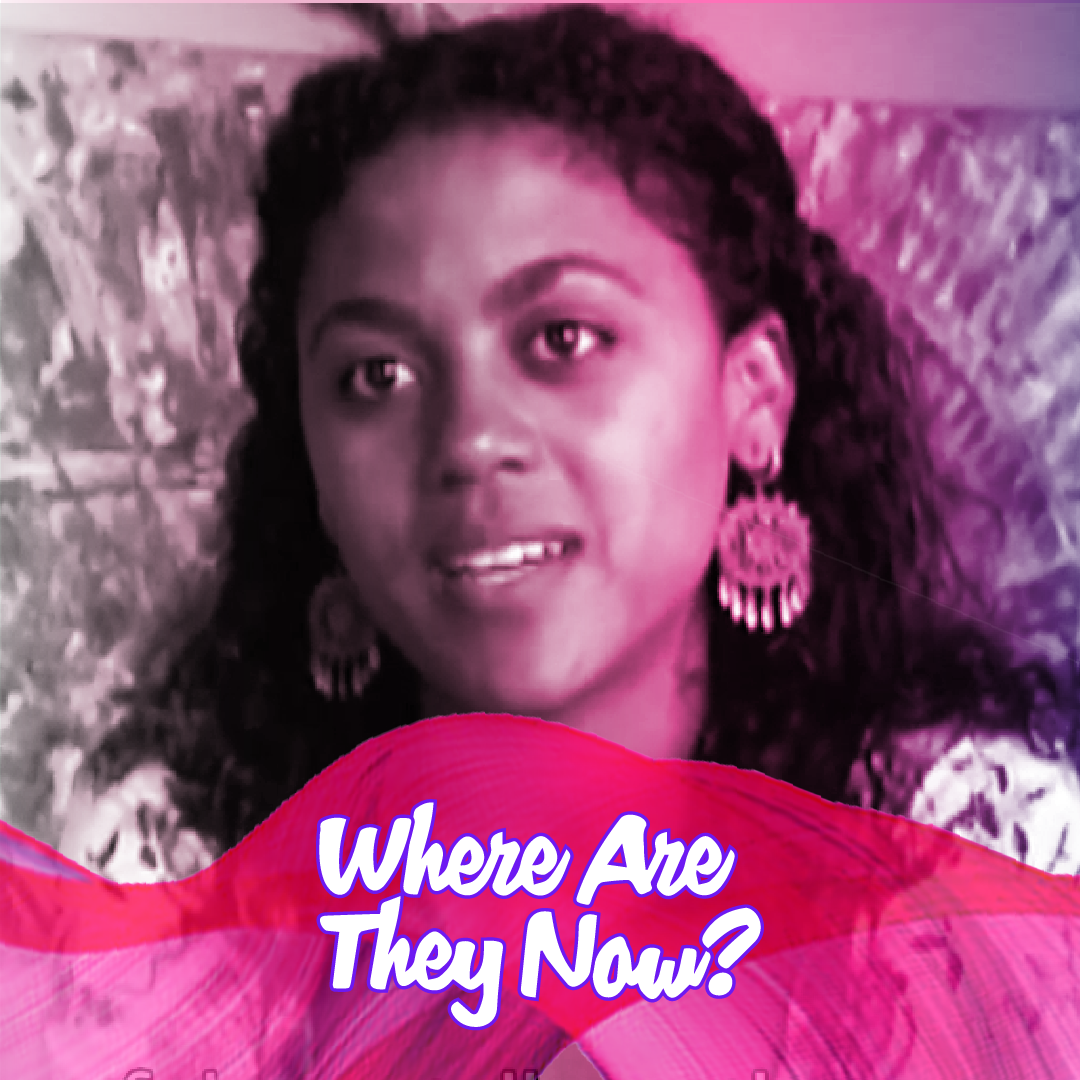Where Are They Now: Ana Amalia Varona
Find out more about Ana’s dance company at https://www.anadanse.com
Bodily freedom
In the early 2000s, Ana was a History student at the University of Havana when she decided to explore the world of oriental dance, alongside a group of fellow students.
During this time, she got to meet Tiffany ‘Hanan’ Madera, someone who would become her mentor through dance. Tiffany wanted to teach, and the women wanted to learn, a marriage of mutual interests created through genuine connections. For Ana and the other women, Tiffany was an inspiration.
She recounts how Cuba’s culture deep respect for professors and mentors created an atmosphere in which she looked up to Tiffany for guidance and with deep admiration. This early exposure to the art of belly dancing prompted Ana to continue thriving in this world.
Fast forward to the future, and Ana is now running a dance company in Montreal after having dedicated seventeen years of her life to dance. When questioned about the reasons for following that path, she said, “mi corazón estaba en la danza” [my heart was in dance.]
The many years spent in dance have made it a part of her life story, shaping not only herself but those around her as well. On that note, she recounts a beautiful memory of how she danced one day before giving birth to her first daughter, who would grow up to be involved in dance just like the rest of the family.
Beyond a life devotion and family pursuit, belly dancing is also about a reflection on women’s value and empowerment for Ana: “La danza me ha abierto las perspectivas sobre el cuerpo” [the dance has opened my perspectives about the body]. She reflects on how belly dancing is not bound to one specific body type, opening up possibilities for all to use it to express themselves.
Despite one’s body or societal expectations, anyone can engage with belly dance as a means of self-empowerment and expression. As Ana says, “La danza es como bendicion para la expresion” [the dance is like a blessing for expression.]
By Juliana Bastos de Mello

